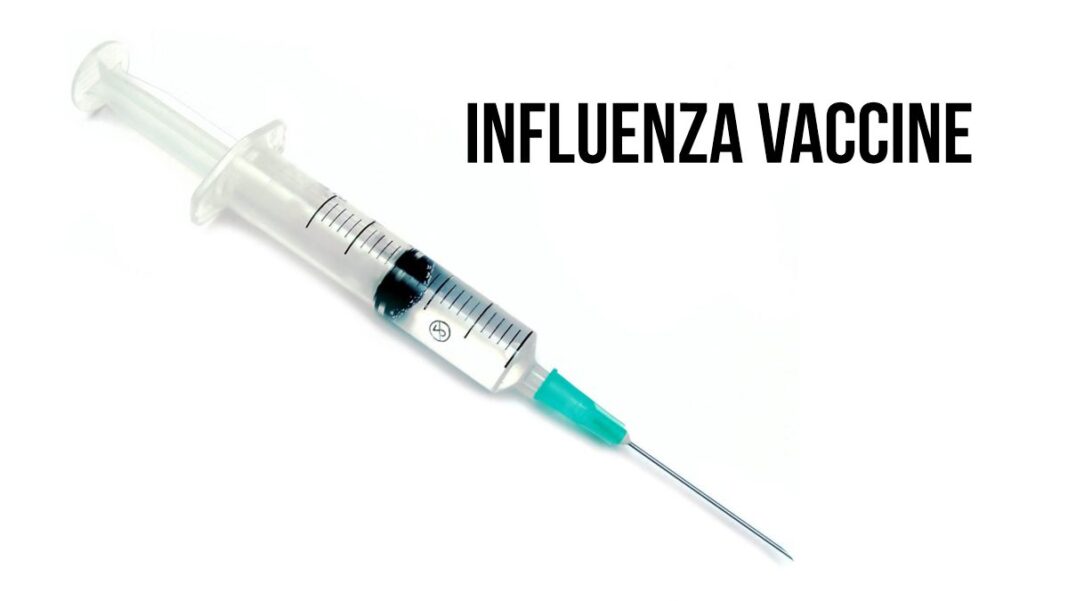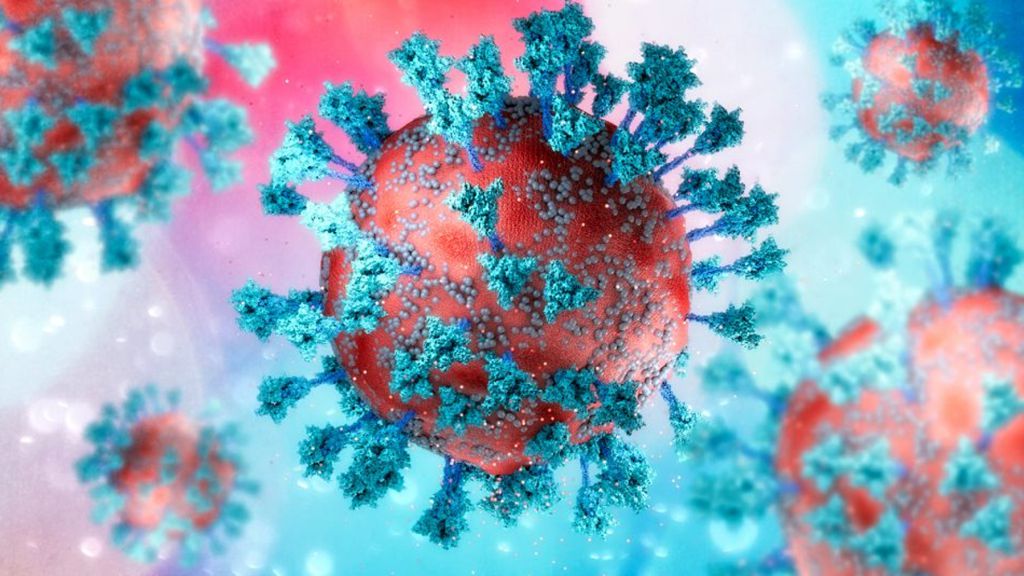
Influenza vaccine effectiveness was under 50 percent this season, according to preliminary data from the U.S. Centers for Disease Control and Prevention (CDC), though a smaller study arrived at higher estimates.
Data from the CDC’s New Vaccine Surveillance Network showed the vaccines were 49 percent effective against hospitalization or emergency department visits.
The total was higher, 68 percent, for just inpatient admissions.
The network includes seven hospitals across seven states, including Texas Children’s Hospital Houston and the Children’s Hospital of Pittsburgh.
Vaccine effectiveness estimates were drawn from data collected on hospital admissions and emergency department visits from Sept. 13, 2022, to Jan. 25, 2023, according to a presentation CDC officials gave the agency’s vaccine advisory panel on Feb. 22. The data covered laboratory-confirmed influenza A infections in children aged 6 months to 17 years. Influenza a subtypes were behind 99.5 percent of the cases this season, according to sequencing.
Preliminary results from a different CDC-run network, the Investigating Respiratory Viruses in the Acutely Ill (IVY) network, showed the vaccines were 43 percent effective against influenza A-associated hospitalizations among adults, including just 35 percent among adults aged 65 and older.
Researchers took data from IVY from Oct. 1, 2022, to Dec. 31, 2022.
IVY is comprised of nearly two dozen sites across the country, including Baystate Medical Center and the Henry Ford Health.
Estimates drawn from a third CDC-run network, the VISION network, showed the vaccines were 44 percent effective against influenza A-associated emergency room or urgent care visits, and 39 percent effective against influenza A-associated hospitalizations.
Estimates were arrived at after examining data from Oct. 15, 2022, to Jan. 24, 2023 for emergency room/urgent care visits and from Oct. 15, 2022, to Jan. 21, 2023, for hospitalizations.
The network has sites in multiple states, including in California.
The estimates from all three networks were reached by comparing vaccination odds among people who had influenza A compared with control patients who tested negative for influenza and COVID-19.








